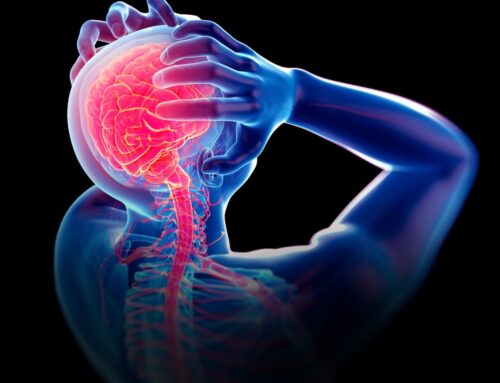Treating Sciatica with Acupuncture & Acupressure (Tui Na)
One of the most common complaints I see in my clinic is Sciatica and Sciatic type pain. Generally patients will present when they are unsatisfied by the progress they are making with Western Medical treatment or they wish to reduce the amount of pain medication they are taking. My rule of thumb is that you should see a good reduction in pain within 4 to 6 sessions at my clinic but you must continue with any medical advice or treatment unless you talk to your Doctor first.
Sciatica is generally used as a catch all term for a set of symptoms that can include; pain, which can be caused by general compression or irritation of one of five spinal nerve roots of each sciatic nerve or by compression or irritation of the left or right or both sciatic nerves leading to lower back pain, buttock pain, and numbness, pain or weakness in various parts of the leg and foot, a “pins and needles” sensation, or tingling and difficulty moving or controlling the leg, numbness, muscle weakness and loss of tendon reflexes.
Typically, symptoms only manifest on one side of these body but can be on both sides in some cases and typically the pain will radiate above the knee, but every person will exhibit a unique set of presentations.
When you attend my clinic you will first have a full medical history taken and then I will ask a number of diagnostic questions and I will look at your tongue, take your pulse and palpate the area involved (please wear lose clothing). I will then discuss with you my diagnosis and findings and hopefully answer any questions you have. With your agreement we will start the treatment which will most likely included Tui Na (acupressure) massage, heat (either with a TDP Lamp or Moxa/Moxibustion) and Acupuncture, all of which is included in the first consultation and should last about 90 minuets.
In Traditional East Asian Medicine sciatica can have many causes but it is most likely related or caused by an imbalance to one of the zang-fu organs or meridians or an invasion of one of the six pathogenic factors into the body, meridians or organs. No matter what the underlying cause I will try to give you an explanation that you understand and feel free to ask any questions.
Serious pain in your life has many consequences to your mood, sleep, family life, work and appetite and the sooner you get some relief the better, and don’t get me wrong I think that oral pain medication can have a dramatic effect on pain and its power should not be underestimated or ignored. Your Doctor has your best interests at heart and will use the tools the tools they have to help you but in some cases it will not help, just as in some cases my treatments may not help, there is no guarantee but my clinical experience is that the majority of patients will see a reduction in their levels of pain over the first few sessions.
If you would like to make an appointment or to discuss your condition please don’t hesitate to contact me.
For the up to date research on this subject please see the BAcC (British Acupuncture Council) website.
How acupuncture can help
There is now a body of research to show that acupuncture is significantly better than no treatment and also at least as good, if not better than, standard medical care for back pain. There is less specific research on acupuncture for sciatica, but there is evidence to suggest that it may provide some pain relief (Wang 2009, Chen 2009, Inoue 2008, Wang 2004).
Acupuncture can help relieve back pain and sciatica by:
- stimulating nerves located in muscles and other tissues, which leads to release of endorphins and other neurohumoral factors, and changes the processing of pain in the brain and spinal cord (Pomeranz 1987, Zhao 2008).
- reducing inflammation, by promoting release of vascular and immunomodulatory factors (Kavoussi 2007, Zijlstra 2003).
- improving muscle stiffness and joint mobility by increasing local microcirculation (Komori 2009), which aids dispersal of swelling.
- causing a transient change in sciatic nerve blood flow, including circulation to the cauda equine and nerve root. This response is eliminated or attenuated by administration of atropine, indicating that it occurs mainly via cholinergic nerves (Inoue 2008).
- influencing the neurotrophic factor signalling system, which is important in neuropathic pain (Dong 2006).
- increasing levels of serotonin and noradrenaline, which can help reduce pain and speed nerve repair (Wang 2005).
- improving the conductive parameters of the sciatic nerve (Zhang 2005).
- promoting regeneration of the sciatic nerve (La 2005)






